The Windows 10 Update made Windows a much faster operating system than Windows 7 and 8.1. It also came with promising new features such as Cortana and Microsoft Edge.
The downside? Along with it, it dragged a headache-inducing issue – slow internet speed. Sadly, there is no 1-click fix for it.

The good news is you don’t have to
call for tech support. You can fix it!
Disable (& Regularly Enable) Windows Update
Disabling Windows Update is the magic solution here. But if you make it permanently, your operating system won’t be up-to-date. Therefore, you’ve just opened the door for bugs and viruses to enter.
So instead, use a workaround. Disable it and re-enable it when you’ll be ready for updates.
- First, open the Start menu, find the Control Panel, and go to System and Security.
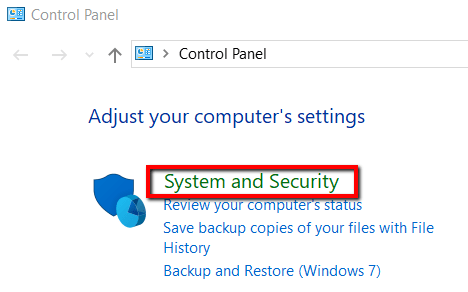

- Then choose Administrative Tools.
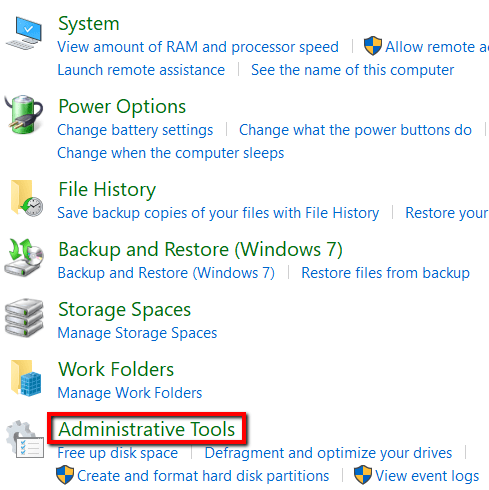
- Then locate and click on Services.
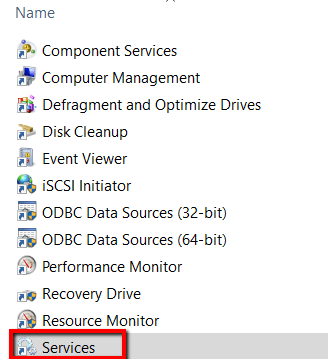
- Then scroll down to find Windows Update. Right-click on it to select Properties.
- On the Startup type field, choose Disabled.
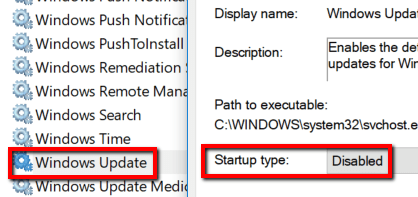
- Click Apply.


Close Background Apps & Services
It can be boring not to have apps like Spotify running in the background while you’re sweating it out. But if you want to do something about your slow loading webpages, they need to go.
- First, right-click on your Windows taskbar and launch Task Manager.
- Then hit the Performance tab.

- Click Open Resource Monitor at the bottom.

- Hit the Network tab and check the processes with a high number of Send and Receive requests.
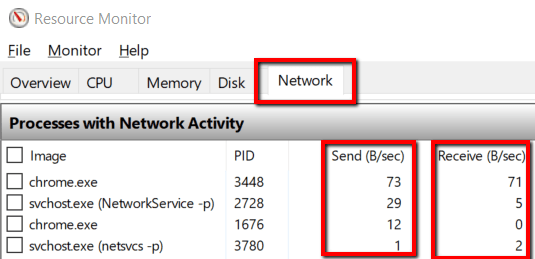
- The higher the number of requests, the higher they are on the list of apps and services that take up your bandwidth.
If you want to close built-in background apps and services, here’s how you can easily do that:
- First, go to Start -> Settings -> Privacy.
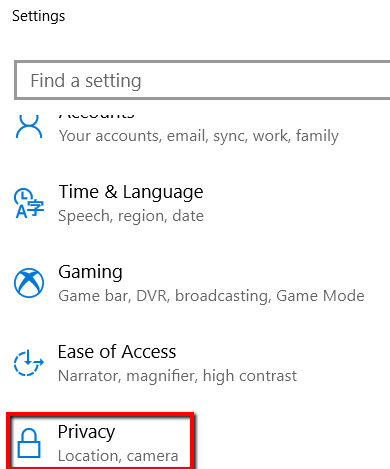
- Scroll down to access Background apps.
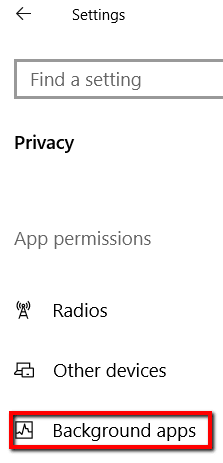
- Switch off the function Let apps run in the background.
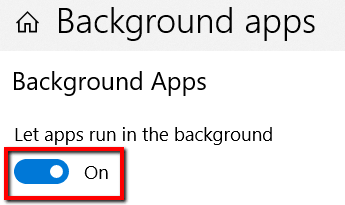
Close The Peer To Peer Update Process
Did you know that you’re sharing your internet bandwidth with total strangers? This might seem wrong to you, especially because you didn’t give Windows permission to do this.
The upside? You can fix it!
- First, open the Start menu -> Settings -> Update & Security.
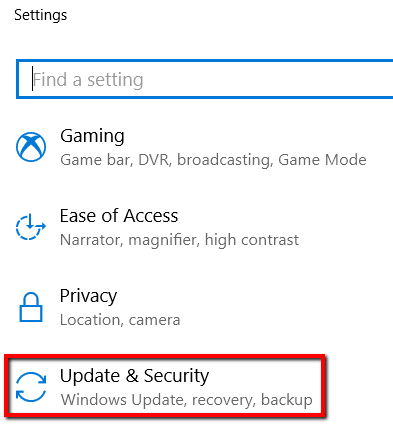
- Open the Windows Update tab and click Advanced options.
- Go to Delivery Optimization.
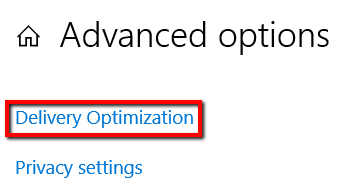
- Find the section that says Allow downloads from other PCs. Make sure to turn it off.
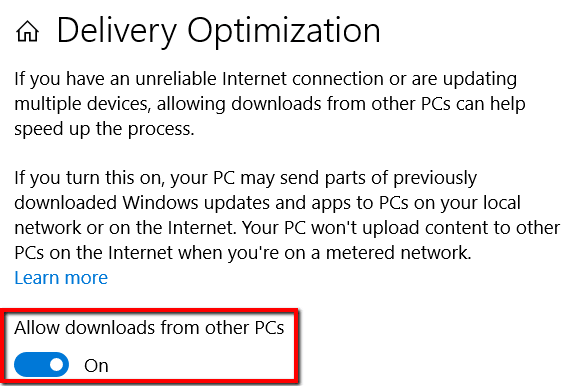
Disable LSO
LSO stands for Large Send Offload. As mentioned earlier, background apps can slow down your internet. That’s why you should disable them.
But even then, this Windows 10 feature doesn’t see eye to eye. It forces background apps to take up a large amount of internet. So you need to disable it.
- From the Start menu, go to This PC and right-click on it to show (and then choose) Properties.
- Open Device Manager.

- Expand Network adapters.
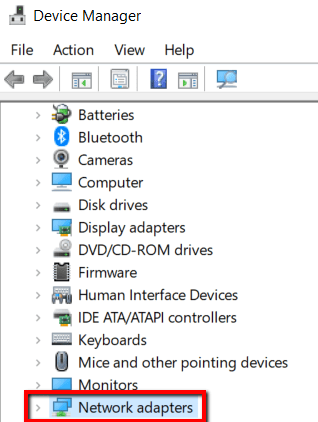
- Choose your network card. Then hit the Advanced tab.
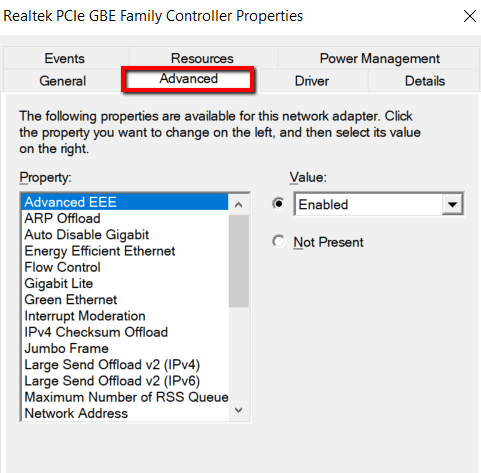
- Choose Large Send Offload v2 (IPv4) and set its value to Disabled.
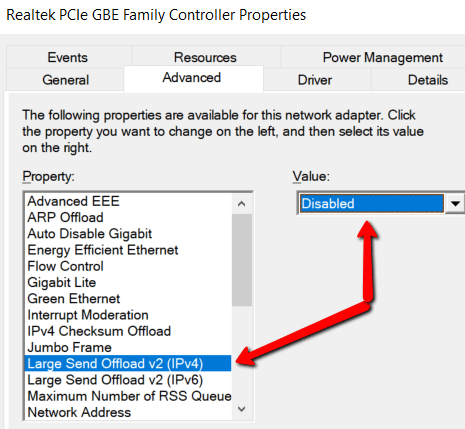
- Choose Large Send Offload v2 (IPv6) and set its value to Disabled.
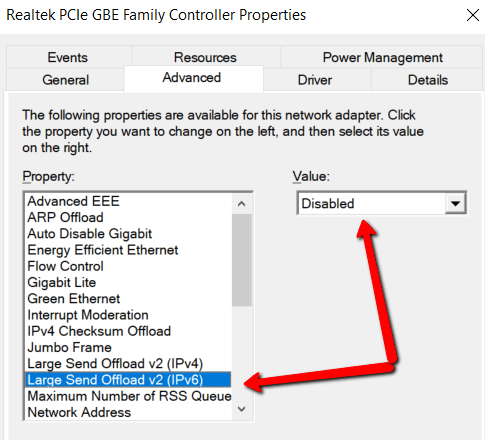
Uninstall Microsoft OneNote
OneNote is a cool note-taking app. It works like a bunch of notebooks merged into one massive “master notebook”. If you have something random in mind, you can jot it down using the app. Then you can get back to it later.
It’s useful, without a doubt. But do you actually use it? If not, you need to give it the boot.
- Launch the Start menu and go to Windows PowerShell.
- Right-click on this and choose Run as administrator.
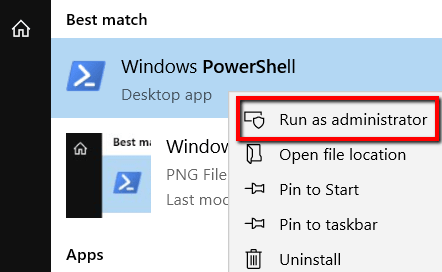
- The Windows PowerShell screen will appear. Paste this command:
Get-AppxPackage *OneNote* | Remove-AppxPackage

- Once you press Enter, you’re good to go.
Update Your Drivers
You should also update your drivers.
It’s possible that they got lost
in the process or they’re outdated. They may also be incompatible
with your current Windows version.


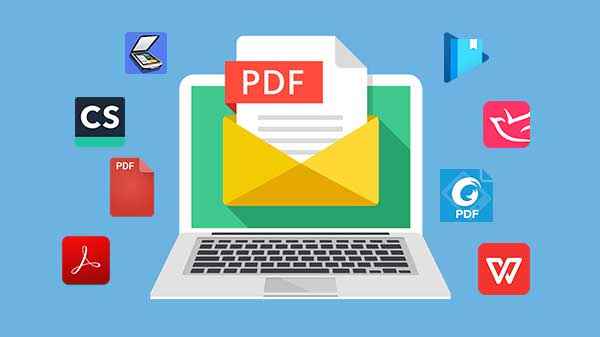



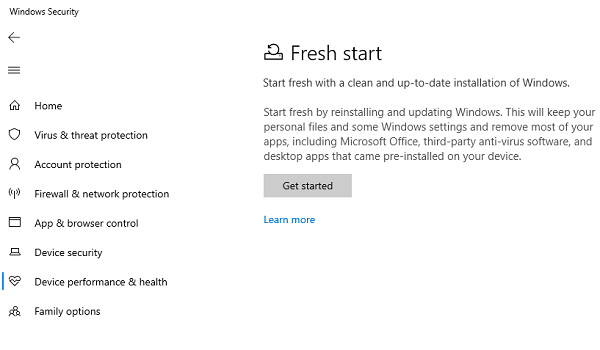

Add Comment